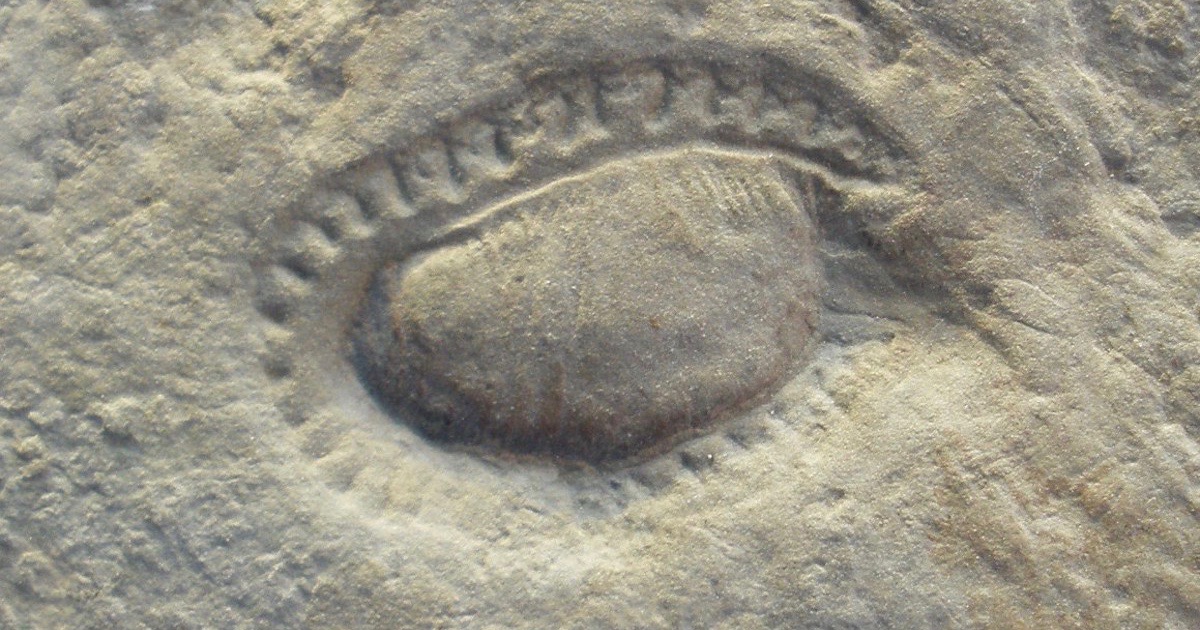 Evolution
Evolution
Kimberella — Interpreting the Fossils

Editor’s note: We are delighted to present a series of posts by paleontologist Günter Bechly on the Ediacaran organism Kimberella. If identified as an animal, it would “predate the Cambrian explosion of bilaterian animal phyla as a kind of ‘advance guard.’” The question is of interest for debates about evolution and arguments about intelligent design raised by Stephen Meyer, among others. Find the full series about Kimberella here.
As I have already mentioned, the hundreds of fossils of Kimberella provide more anatomical details than any other Ediacaran organism. This is so much the case that Ivantsov (2017) said “the abundance of fossils allows us to reconstruct it with an exceptional precision for Precambrian organisms.”
However, the proper interpretation of these visible structures remained so controversial and open to discussion that the attribution of Kimberella to bilaterian animals is still mainly based on the following few uncontroversial characters (Xiao & Laflamme 2009, Vinther 2015, Cunningham et al. 2017, Budd & Jensen 2017, Giribet & Edgecombe 2020): large size, bilaterally symmetric body, which shows evidence for anterior–posterior and dorsal–ventral differentiation (polarity), and the apparent differentiation of tissues, as well as the associated trace fossil evidence for motility and active radular grazing upon microbial mats. Of course, this might well be considered good enough.
Apart from the most general characteristics of Kimberella fossils, such as body shape and zonation, one of the few features that are uncontroversial is the body size: The fossils measure usually 1-5 cm in length. The smallest specimens measure only 2-3 mm, and in the largest ones the shell could reach up to 15 cm in length and 5-7 cm in width with height of 3-4 cm (see: Gehling et al. 1995, Martin et al. 2000, Fedonkin et al. 2007b). There are no obvious morphological differences between small juvenile specimens and large adult specimens, thus implying gradual growth without metamorphosis, and there is no indication of sexual dimorphism either (Fedonkin & Waggoner 1997, Fedonkin et al. 2007b).
Next, “Kimberella — Four Phases of Interpretation.”
